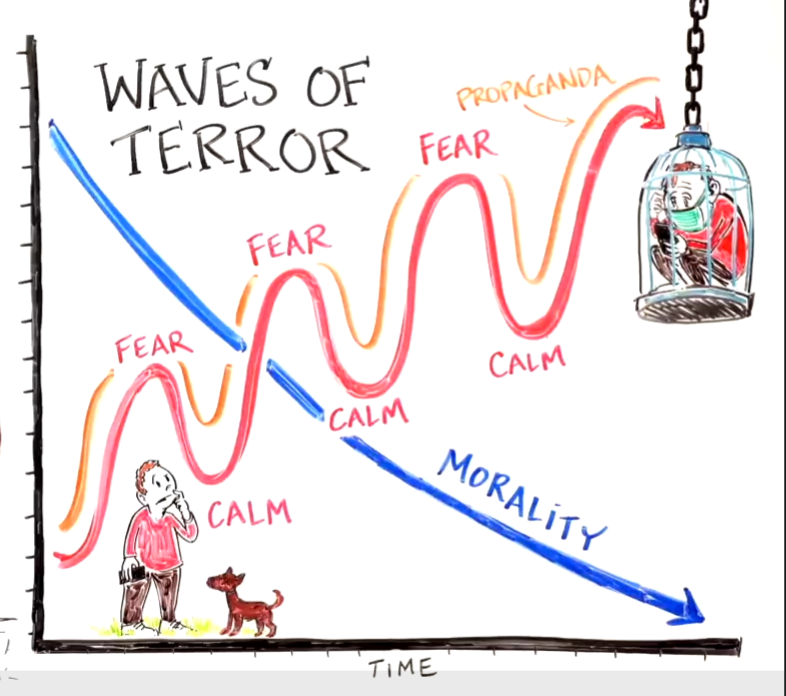|
Thrombocytosis
relates to a high platelet counts and is indicative of micro blood clotting attributed to spike protein attacks . We must further investigate how to minimise / neutralise the load ! OverviewPlatelets are blood particles produced in the bone marrow that play an important role in the process of forming blood clots. Thrombocytosis (throm-boe-sie-TOE-sis) is a disorder in which your body produces too many platelets. It's called reactive thrombocytosis or secondary thrombocytosis when the cause is an underlying condition, such as an infection. Less commonly, when thrombocytosis has no apparent underlying condition as a cause, the disorder is called primary thrombocythemia or essential thrombocythemia. This is a blood and bone marrow disease. Your doctor might detect thrombocytosis in a routine blood test result that shows a high platelet level. If your blood test indicates thrombocytosis, it's important to determine whether it's reactive thrombocytosis or essential thrombocythemia to know how to manage the condition. SymptomsPeople with thrombocytosis often don't have signs or symptoms. Signs and symptoms of reactive thrombocytosis, if they do occur, relate to the underlying condition. Because thrombocytosis isn't likely to cause symptoms, you probably won't know you have it unless a routine blood test reveals a higher than normal number of platelets. CausesBone marrow — spongy tissue inside your bones — contains stem cells that can become red blood cells, white blood cells or platelets. Platelets stick together, helping blood to form a clot that stops bleeding when you damage a blood vessel, such as when you cut yourself. Thrombocytosis occurs when your body produces too many platelets. Reactive thrombocytosis This is the more common type of thrombocytosis. It’s caused by an underlying medical problem, such as:
0 Comments
Leave a Reply. |
facebook
Je suis vivant /2Learn4Life Archives
July 2023
Images subject to creative commons or fair use provisions. All copyrights belong to the original owners !
Categories |






 RSS Feed
RSS Feed